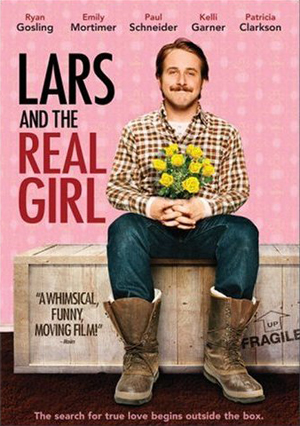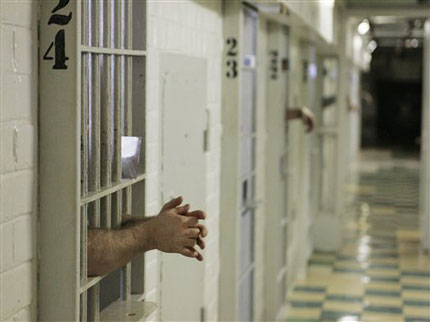
In 1995, a talented and much-loved 23 year old Californian named Jon Nadherny committed suicide. Jon was part of a blended family that included eight other siblings. His family contacted the Dominican Hospital Foundation in Santa Cruz and established a unique memorial to honor Jon. With help from the hospital, each year the family holds a one-day symposium at the Santa Cruz boardwalk that focuses on problems that young people face.
Obviously, suicide is an ongoing issue. In Santa Cruz, 190 young people ended their lives during a recent five year period. Nationally, two million young people between the ages of 15 to 24 attempt suicide.

Jon E. Nadherny
TWO MILLION! Of those, 700,000 require medical attention. More than 4,0000 succeed. Suicide is of special concern to those of us who love someone with a mental disorder because 90 percent of young suicide victims have at least one major psychiatric disorder.
This year’s Jon E. Nadherny symposium in Santa Cruz focused on mental illness and I was invited to speak along with three other advocates. One of my friends and mentors, Frederick J. Frese, PhD., began the morning symposium and kept the sold-out crowd of 450 persons spell-bound for two hours. That’s right, he spoke for two solid hours and was so enthralling that no one left the room and everyone leaped to their feet in a rousing standing ovation when he ended.






